Small overlap front
The small overlap front test represents a crash in which the front corner of a vehicle collides with another vehicle or an object like a tree or utility pole.
Each vehicle is tested twice — once with the overlap on the driver side and once on the passenger side. The severity of a frontal crash depends on the vehicle’s weight, so ratings in this test can only be compared among vehicles of similar weight.
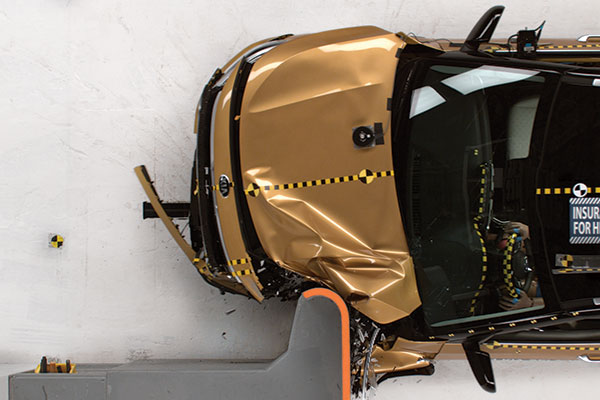

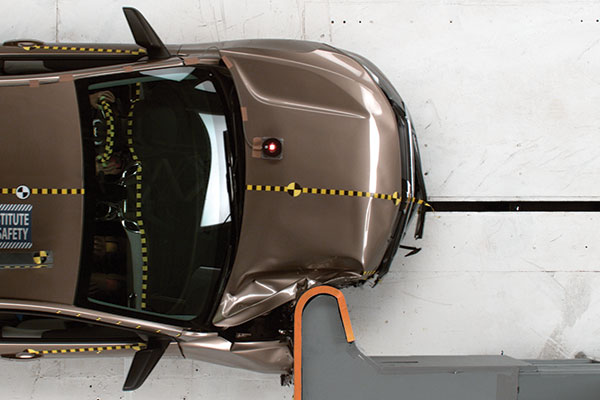
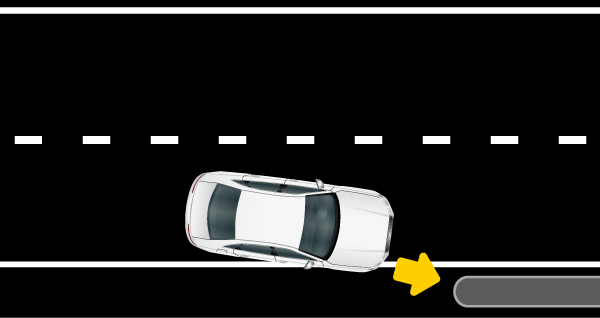
How the test is run
- A vehicle travels at 40 mph into a rigid barrier with 25% of the vehicle’s front overlapping.
- A Hybrid III dummy representing an average-size male is belted in the driver seat; a second one is belted in the front passenger seat for the passenger-side test.
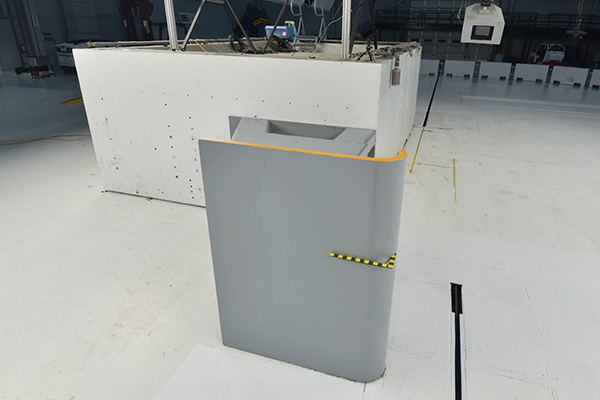
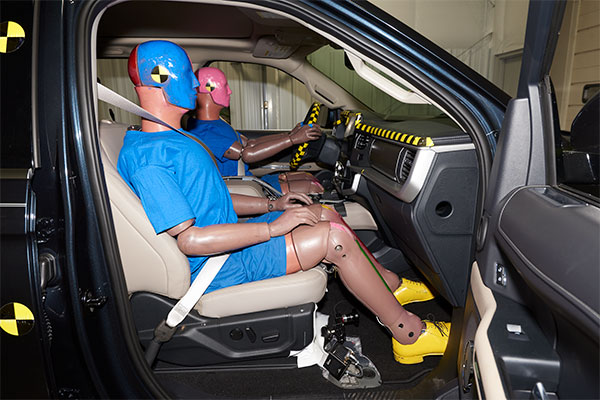
How vehicles are evaluated
- We measure intrusion into the occupant compartment at key locations.
- Sensors in the head, neck, chest, legs and feet of the dummy record injury risk.
- High-speed film and greasepaint help us see the movement of the dummies during the crash so we can evaluate how well the seat belts and airbags work.
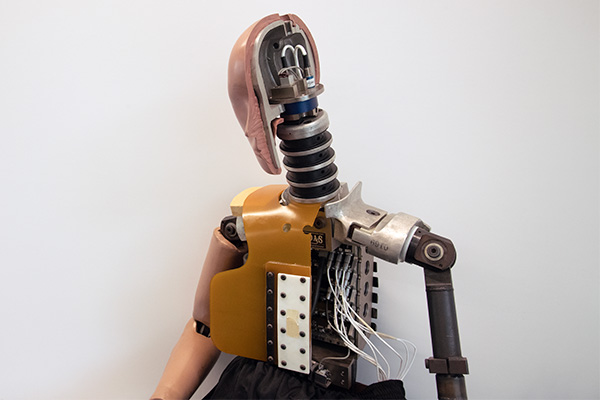
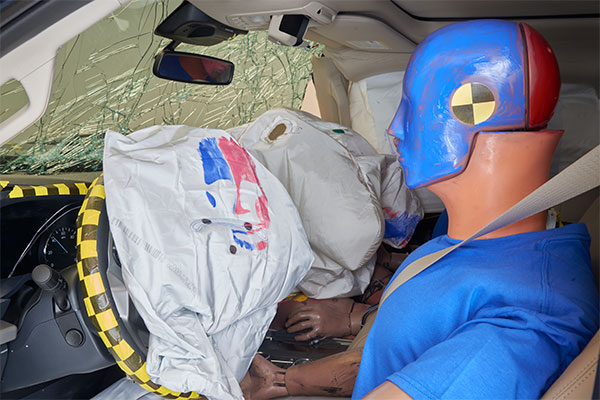
Small overlap front test protocol and technical information
For details on other tests we conduct, visit the About our tests page.